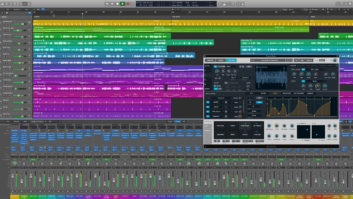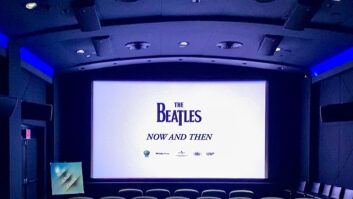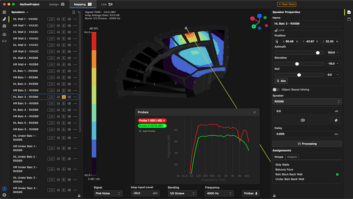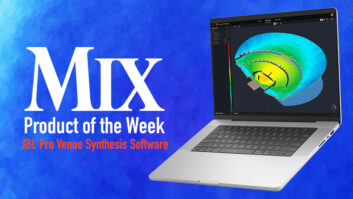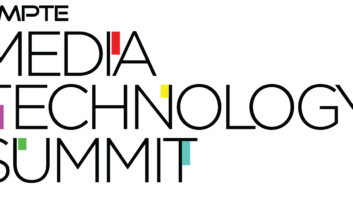
Although modern pro audio depends on the world of computers, we have no leverage over that world—all we can do is go along for the ride that’s dictated by consumers and multinationals. In some ways, 2018 showed signs of being a turning point; the direction the industry takes in 2019 may very well solidify those changes, and affect us in the process.
The “Big Two” stumbled in 2018. Microsoft’s October software update exposed the soft underbelly of rolling updates—accidental file deletions, Apple iCloud synching issues, file association glitches and driver compatibility problems. Although the haters couldn’t wait to pile on, consider these stats: Windows 10 has to work with 175 million application versions, 16 million unique hardware/driver combinations, and 700 million active Windows 10 devices. Is there any way those staggering numbers can’t cause issues? I don’t think so.
Apple’s haters had a field day, too, like the alleged failure rate on the MacBook Pro’s “butterfly” keyboard (which some people despised anyway), the iPad Pro’s Smart Connector problems, the HomePod’s estimated 4 to 6 percent market share (compared to Amazon Echo’s 23 percent and Amazon Dot’s 21 percent), MacBook Pro thermal problems that caused speed throttling, and an underwhelming Mac Mini update.
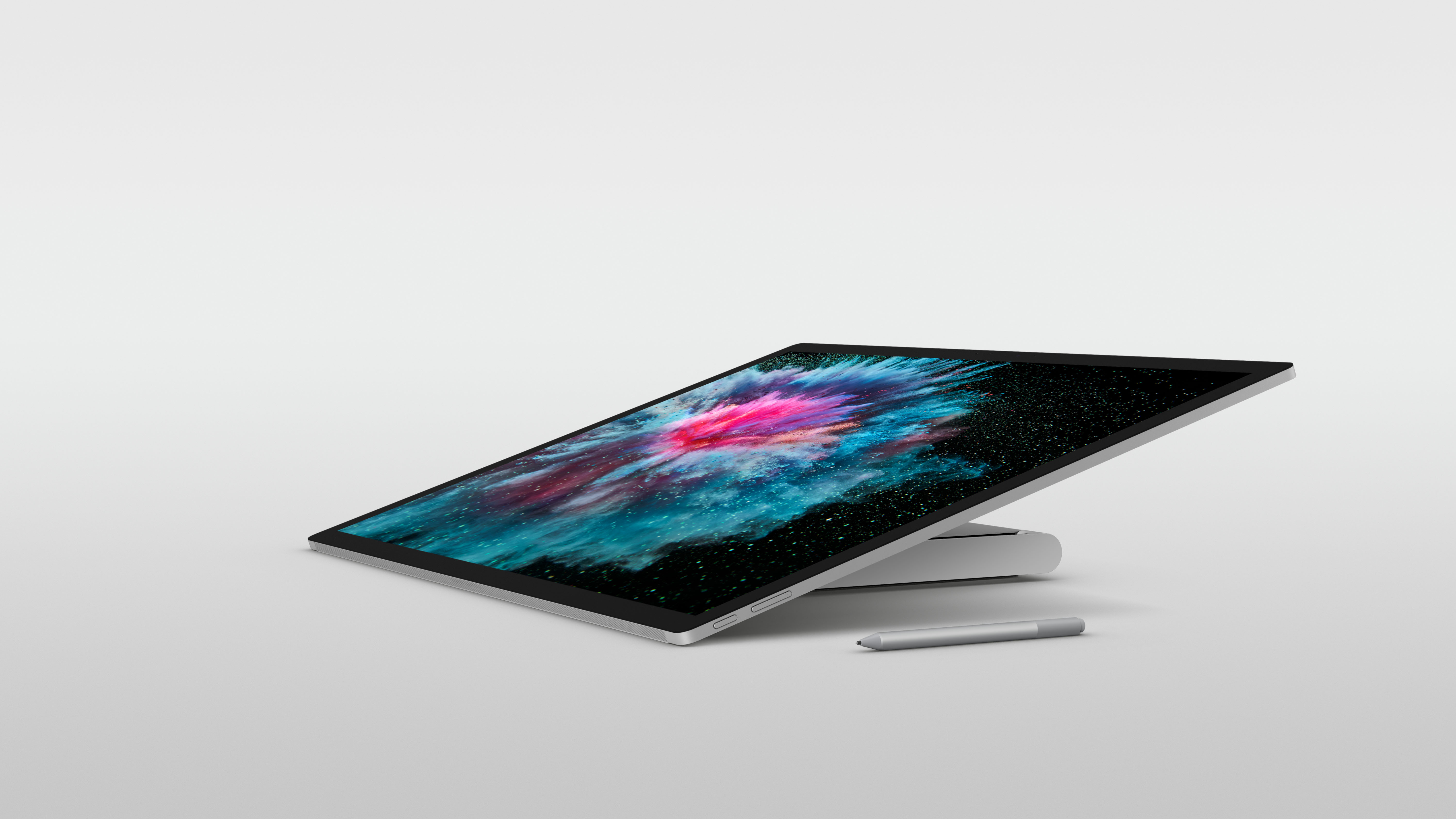
To their credit, both Microsoft and Apple moved quickly on damage control to rectify various errors. But with today’s hardware/software combinations resembling a house of cards, you can only increase complexity and variability for so long before that house of cards starts to collapse under its own weight.
Related: The 145th AES Convention Anderton Awards, by Craig Anderton, Nov. 19, 2018
Is there a solution for pro audio? 2018 laid the groundwork for what might be the dominant computer experience of the future for pros. Despite the stumbles mentioned above, both Microsoft and Apple produced some superb hardware pitched at media creators: Microsoft’s Surface Studio 2 tablet gives Apple’s iPad Pro a run for its money, and the high-end iMac Pro is basically the best Mac Pro yet, disguised as an all-in-one computer. (And to replace your laptop, there’s Microsoft’s Surface 6, currently the best 2-in-1 going.) These machines have three things in common: high price, elevated performance, and the feel of an appliance.
One reason for the desktop computer’s popularity with pros is that we could modify them to suit our needs (not unlike the way cars used to be before they became appliances, where you’d get under the hood to tweak the timing and the valves). But that led to a crazy quilt of different amounts of memory, graphics capabilities, hard disk types and capacity, and so on. If hardware choices become limited, life becomes much easier for software developers. And if we already have preconfigured powerful machines that do what we need, we won’t need to crack open the case (or so the argument goes).
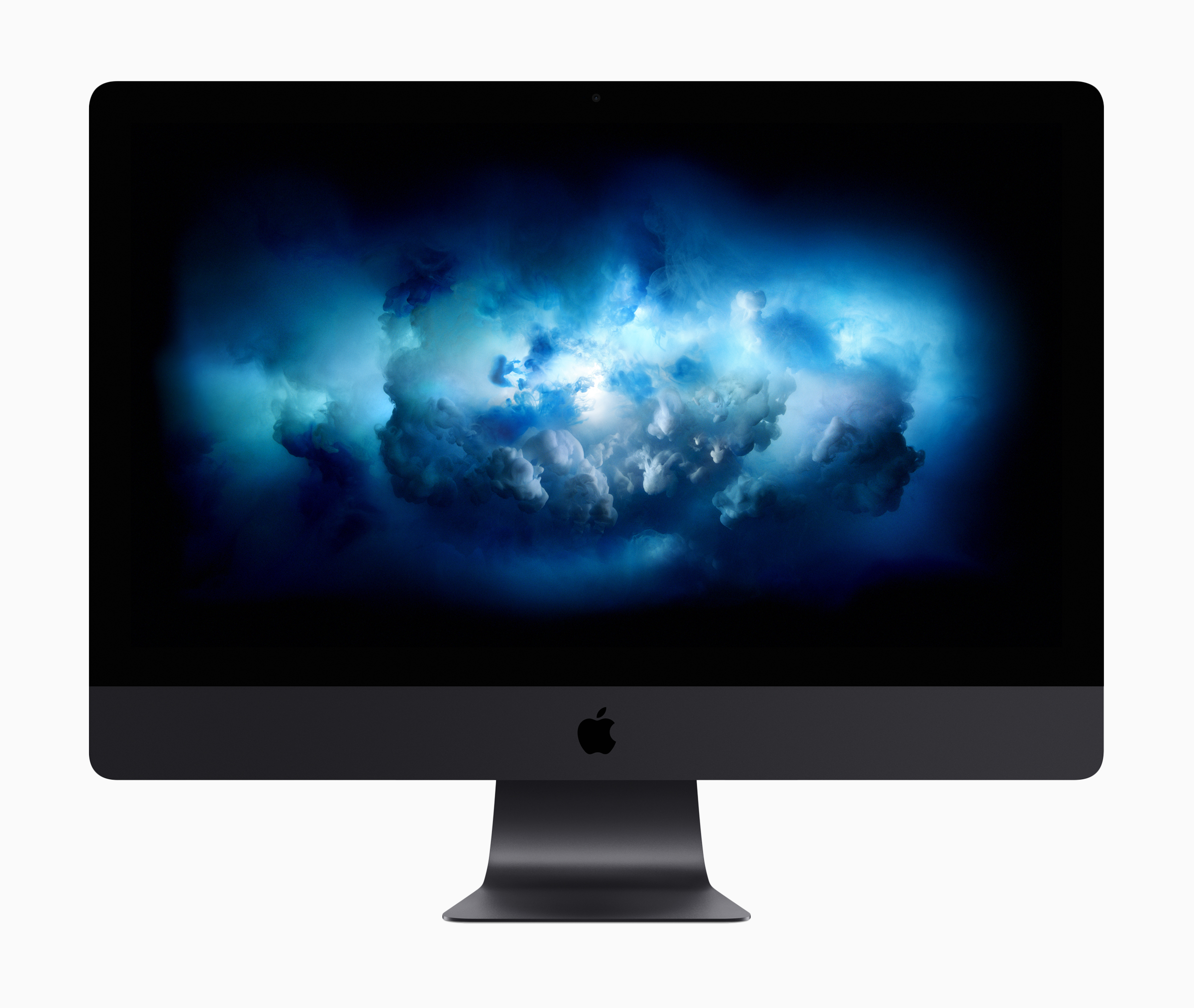
Concurrently, on the software front, it’s twilight time for the Big Updates. Adobe, Cockos and Cakewalk went to a model of smaller, more frequent updates some time ago, and now Avid is doing the same with Pro Tools. Rolling updates have their pros and cons, but overall offer more advantages by being able to move more quickly when faced with hardware and operating system changes. Although some programs (like Studio One and Cubase) have split the difference by doing “big” updates but then rolling out additional significant “point” updates, even that’s a change from how software used to be developed.
Related: Craig Anderton Adds to Home Recording Book Series, Dec. 4, 2018
The possible end game is that we’ll use expensive, powerful closed computers for two to four years at a time, and then move on to another next-gen expensive, powerful appliance. Although potentially paying around $5,000 for a new computer every few years (along with backup media, cloud storage, and software) isn’t cheap, that’s still a lot less than the days of 2” reel-to-reel. In return, you (hopefully) will get hardware/software stability and ultra-high performance, which so far has been elusive. When you depend on a computer for your business, both are paramount.
Want more stories like this? Subscribe to our newsletter and get it delivered right to your inbox.
While Apple’s nebulous announcements about an upcoming modular desktop computer sound promising, these may end up being relevant to only a very select group of users—perhaps filmmakers of feature-length movies. After all, with Thunderbolt/USB-C poised to dominate over time (like it or not), the all-in-one machines will be nearly as expandable as the desktops of yesteryear. Combine expandability, hardware reliability and rock-solid software, and you have the answer to pro audio’s prayers. Let’s hope that’s how things play out … rather than having to do our sessions on smartphones.
Craig Anderton’s book series, The Musician’s Guide to Home Recording, is available from Hal Leonard in softcover and Reverb.com as a series of ebooks. Please visit craiganderton.com for more news.
